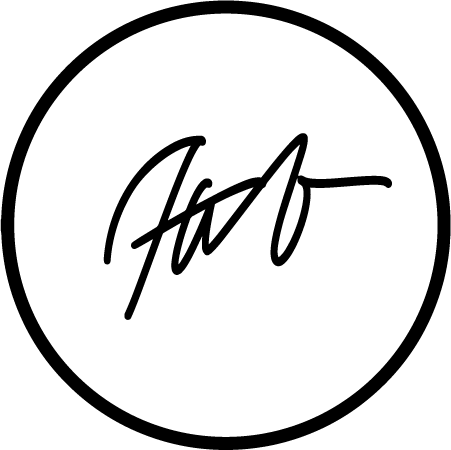IN THIS LESSON
When you understand your clients, you can tailor your brand message, content, and persona to resonate with them. This personal connection makes your brand more relevant and appealing to your audience. Knowing your client's preferences, language, and pain points allows you to craft messages that speak directly to their needs and interests. This increases the likelihood of engagement and connection.
Trust is a critical element of personal branding. When you understand your client and consistently deliver value that meets their needs, you build trust and credibility.
OK… so how can you find your ideal client?
Market Research
Research your niche or industry to understand its dynamics, trends, and target demographics. Identify gaps or opportunities within your niche that align with your skills and interests.
Study your competitors to see who they are targeting and how they position themselves.
If you have existing clients or followers, conduct online surveys to gather insights about their needs, preferences, and pain points. Their feedback can help you refine your ideal client profile. TIP: offer your existing clients something in return; they will be more eager to answer your questions.
Now let’s create an ideal client profile
When you do your research, consider these key aspects
-
Age: 28-35
Gender: Male
Location: Urban or suburban areas near hiking/camping destinations
Income: $50,000 - $75,000 per year
Education: Bachelor's degree
-
Occupation: Software Engineer
Lifestyle: Active and adventurous
Marital Status: Single
Hobbies: Hiking, camping, rock climbing, and traveling
Values: Environmental sustainability, quality, and durability
-
Goal 1: To explore and connect with nature regularly.
Goal 2: To stay well-equipped with the latest outdoor gear.
Pain Point 1: Limited time due to a demanding job.
Pain Point 2: Worries about the environmental impact of outdoor activities.
-
Social Media Usage: Active on Instagram and YouTube, following outdoor enthusiasts and influencers.
Online Shopping: Prefers online shopping for convenience and variety.
Research: Frequently reads reviews, watches gear demos, and compares products before making a purchase.
-
Prefers high-quality, eco-friendly camping gear.
Willing to invest in durable and long-lasting products.
Makes purchases seasonally, stocking up before camping trips.
Looks for discounts and promotions but values product quality over price.
-
Prefers email newsletters with outdoor tips, product updates, and exclusive offers.
Engages with brands that are active on social media and respond to customer inquiries.
Appreciates personalized recommendations based on past purchases.
-
Showcase eco-friendly and durable products in marketing materials.
Utilize social media platforms, particularly Instagram and YouTube, for visually appealing content and collaborations with outdoor influencers.
Offer informative blog posts, guides, and videos on camping and hiking.
Provide email newsletters with valuable content and exclusive discounts.



